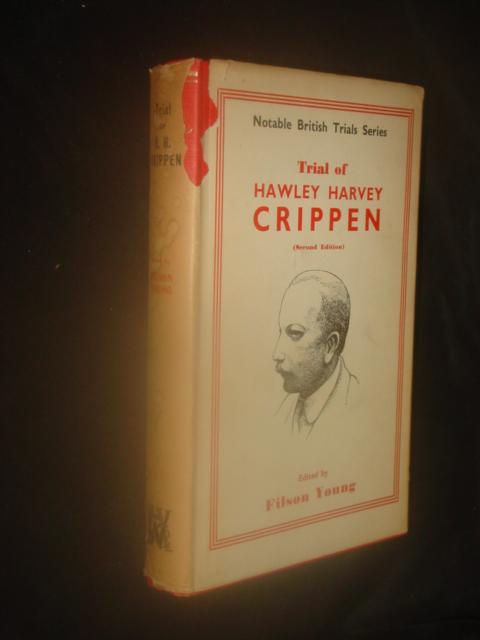The book starts with a series of witness precognitions (or statements) which are then followed by the 'confession' of Roderick Macrae as recounted to his lawyer, medical reports, an 'extract' from a (made up) book called 'Travels in the Border-Land of Lunacy' by the actual prison doctor, James Bruce Thomson, and then an account of the trial in Inverness, drawing on supposed 'journalistic' sources. This is a remarkable act of ventriloquism. Burnet expertly catches the tone of these different types of document and speeches. (There is one small inaccuracy, which is that a trial in the High Court of Justiciary in 1869 would have been before a single judge, rather than three sitting as a bench). The highlight for me was his reinvention of the character of James Bruce Thomson, who wrote extensively on lunacy (as it was known) and the hereditary nature of crime, and whose writings influenced later criminologists. Thomson did not actually write a book but, prompted by the novel, I have been doing some digging around in libraries and have found some of his writings - and will write about these in a later post.
 The book itself is (at least in part) modelled on two different literary forms. The first is that of the notable trials series. These were a series of very popular books published by Edinburgh publisher Wm Hodge between about 1905 and 1950. The main part of each book was a transcript of a particular trial - celebrated because of the notoriety of the crime or the criminal. These might be historical (the trial of Mary Queen of Scots or Sir Walter Raleigh) or of contemporary interest, but broadly reflected the early twentieth century fascination with criminal trial. These were then accompanied by an editorial essay, which reflected on the significance of the case. (I have written before about William Roughead, who was one of the best known editors).
The book itself is (at least in part) modelled on two different literary forms. The first is that of the notable trials series. These were a series of very popular books published by Edinburgh publisher Wm Hodge between about 1905 and 1950. The main part of each book was a transcript of a particular trial - celebrated because of the notoriety of the crime or the criminal. These might be historical (the trial of Mary Queen of Scots or Sir Walter Raleigh) or of contemporary interest, but broadly reflected the early twentieth century fascination with criminal trial. These were then accompanied by an editorial essay, which reflected on the significance of the case. (I have written before about William Roughead, who was one of the best known editors). The other model (which Burnet acknowledges) is Michel Foucault's I Pierre Riviere, having slaughtered my mother, my sister, and my brother.... This was the confession from an actual case that was discovered and published by Foucault and his collaborators in the 1970s when he was researching psychiatry and disciplinary power. There is one formal difference between the criminal justice systems of France and Scotland which Burnet manages well. In France, the confession was formally part of the evidence in the case and the trial. In Scotland (as in England and Wales) an accused person was not formally allowed to testify on their own behalf until 1898. This meant that an accused person was literally silenced in their own trial - unable to speak on their own behalf or to answer accusations against them - a position that was justified on the grounds that to allow such testimony would be to offer the accused person the temptation to perjure themselves. This led one French observer, Charles Cottu, of an English criminal trial in the 1820s to remark that the place of the accused might as well be taken by a hat placed upon a stick. In the novel, then, the confession is not presented to the court but is recounted to the lawyer - though not without questions accordingly being raised as to its authenticity.
The other model (which Burnet acknowledges) is Michel Foucault's I Pierre Riviere, having slaughtered my mother, my sister, and my brother.... This was the confession from an actual case that was discovered and published by Foucault and his collaborators in the 1970s when he was researching psychiatry and disciplinary power. There is one formal difference between the criminal justice systems of France and Scotland which Burnet manages well. In France, the confession was formally part of the evidence in the case and the trial. In Scotland (as in England and Wales) an accused person was not formally allowed to testify on their own behalf until 1898. This meant that an accused person was literally silenced in their own trial - unable to speak on their own behalf or to answer accusations against them - a position that was justified on the grounds that to allow such testimony would be to offer the accused person the temptation to perjure themselves. This led one French observer, Charles Cottu, of an English criminal trial in the 1820s to remark that the place of the accused might as well be taken by a hat placed upon a stick. In the novel, then, the confession is not presented to the court but is recounted to the lawyer - though not without questions accordingly being raised as to its authenticity.I thoroughly recommend the novel (and indeed also I, Pierre Riviere and the notable trials series, for the real enthusiasts). It is wonderful to see that it has been shortlisted for the Man Booker Prize, bringing the book to a wider readership, and will keep my fingers crossed on the 25th October.

No comments:
Post a Comment